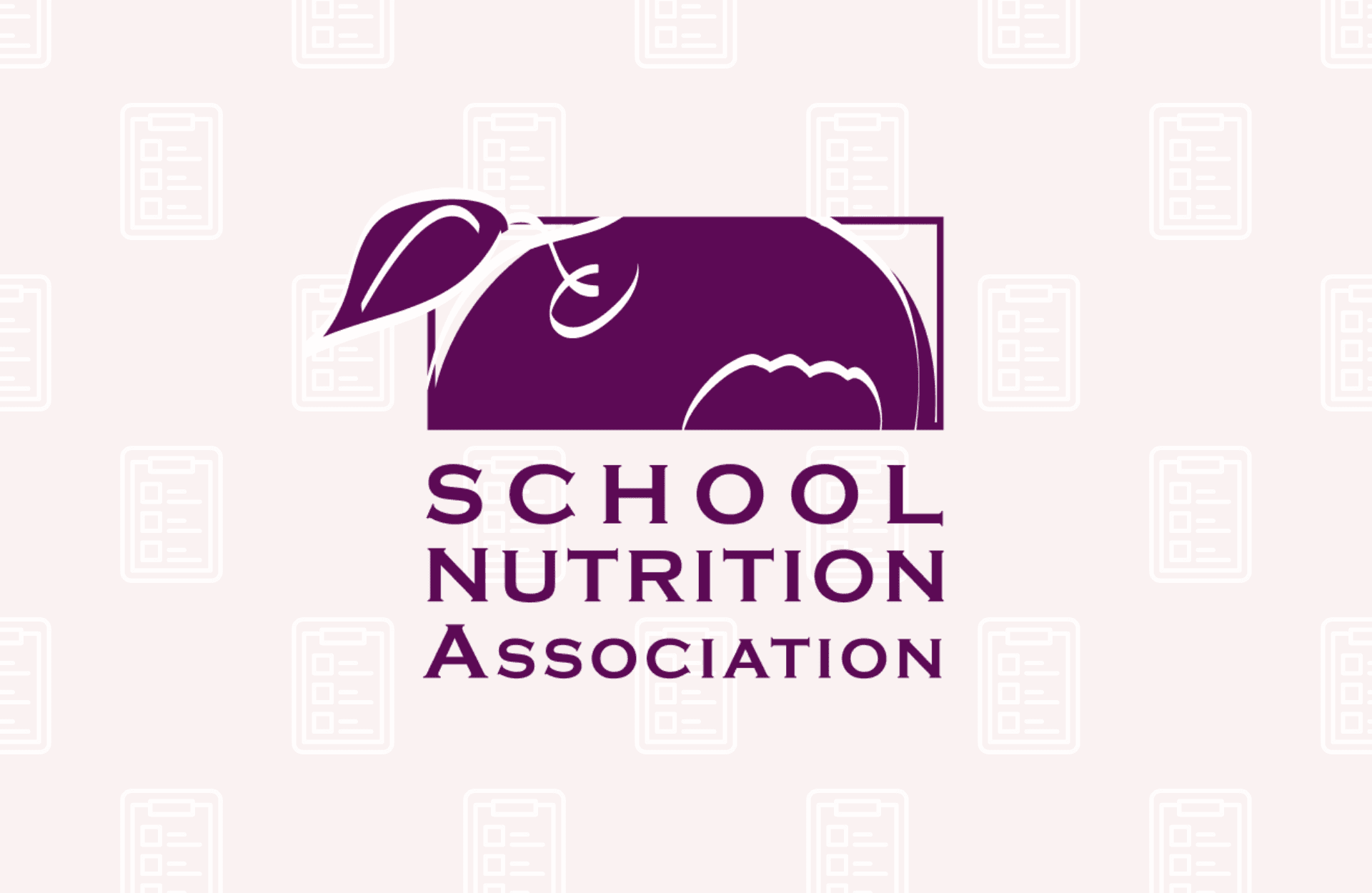FOR IMMEDIATE RELEASE:
Contact: Diane Pratt-Heavner
301-686-3124
media@schoolnutrition.org
SNA President Testifies on Challenges for School Meal Programs
2014-07-23
WASHINGTON, D.C. – Today, School Nutrition Association (SNA) President Julia Bauscher, SNS, testified before the Senate Agriculture Committee on challenges school meal programs have faced as they work to meet new nutrition standards for school meals and snacks. Click here to review her written testimony.
The hearing offered Committee Members an opportunity to discuss implementation of the Healthy, Hunger-Free Kids Act, set to be reauthorized in 2015. SNA supports many of the law’s regulatory requirements, but is requesting commonsense flexibility under the rules to help students adjust to changes in the cafeteria, increase the number of children participating in the school lunch program and keep school meal programs financially stable.
“School nutrition professionals are truly committed to the Healthy, Hunger-Free Kids Act and its goal of expanding access to our healthy school meals, and that is why we are so concerned about the historic decline in student lunch participation under the regulatory requirements of the new law,” said Bauscher, who is also Director of School and Community Nutrition Services for Jefferson County Public Schools in Louisville, Ky.
According to USDA statistics, student participation in the National School Lunch Program is abruptly down in 49 states following 30 years of steady program growth. Under the new standards, 1.4 million fewer students choose school lunch each day even though student enrollment in participating schools has increased by 1.77 million.
As Bauscher pointed out, the nearly 15% decline in participation among students who pay full price for their lunches increases the stigma on students who depend on free or reduced price meals as a key source of nutrition. “If this trend continues, the school cafeteria will no longer be a place where all students dine and learn healthy habits together, but rather a place where poor students must go to get their free lunch.”
Testimony highlighted unique challenges for small and rural districts and those with few students eligible for free and reduced price meals. Bauscher also spoke to the financial burdens faced by districts nationwide.
“Despite significant inflationary increases in food prices over the last year, the reimbursement rate adjustment for the coming school year was actually smaller than the one for the previous school year,” Bauscher cited. “In my district, each half pint of milk will cost me a nickel more this school year.”
“Although school nutrition professionals appreciate every additional penny we receive, the 4 cent increase for breakfast comes nowhere close to covering the significant costs schools face.” Bauscher went on to say, “as school nutrition professionals struggle to manage rising costs and waste, what was once a problem for school meal programs is rapidly becoming a problem for school districts. Meal programs are not permitted to carry losses over from one school year to the next, which means that school districts have to pick up the tab.”
Click here for details on SNA’s requests of USDA and Congress.
About School Nutrition Association:
The School Nutrition Association (SNA) is a national, non-profit professional organization representing 55,000 school nutrition professionals across the country. Founded in 1946, SNA and its members are dedicated to making healthy school meals and nutrition education available to all students. To find out more about today’s school meals, visit www.TrayTalk.org.
Related Articles

SNA Urges MAHA Commission to Invest in School Meals
Read More

School Nutrition Professionals to Implore Congress to Protect School Meals
Read More




